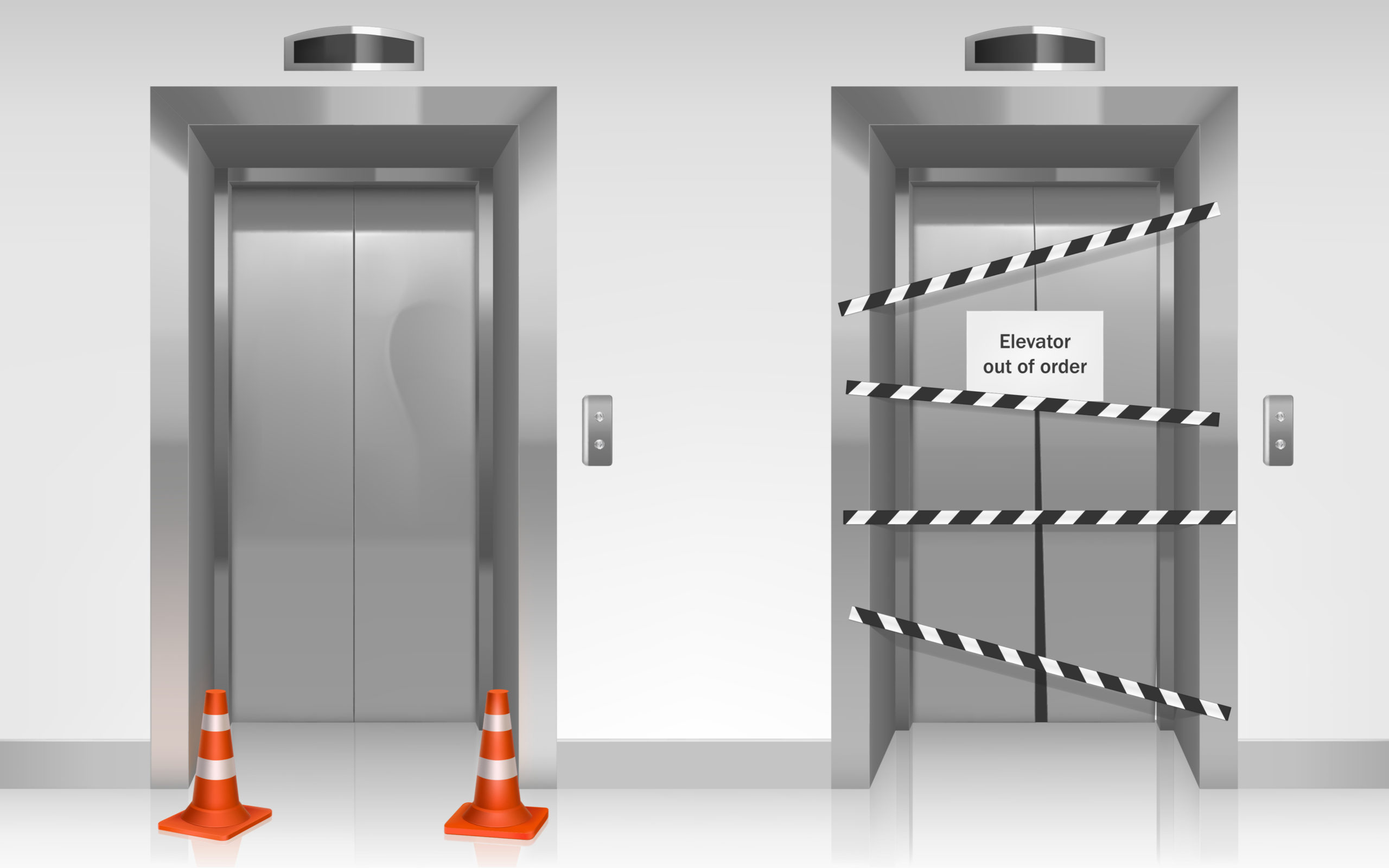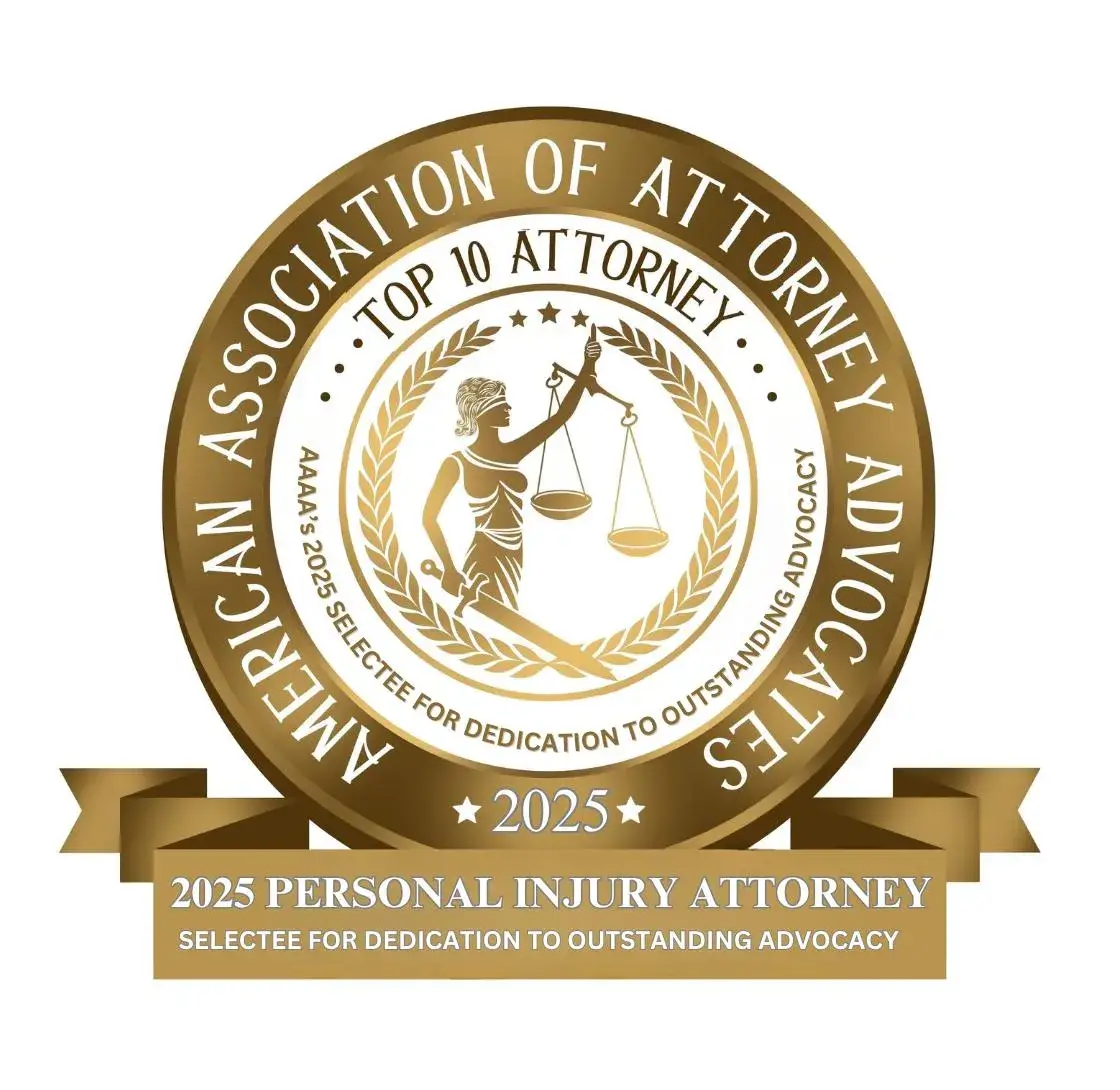
Elevators and Documented Failures
There is one unlikely type of accident that we don’t think about too often – elevator accidents. In New Jersey in 2005, a man was working on a remodeling project in the lobby of a plaza when he boarded an elevator, not expecting anything to happen. He was boarding to return to the lowest level of the parking garage, which was four stories below. The man didn’t realize it – but he was in for the ride of his life.
As the elevator descended, he claimed that it was shaking and led to an extremely bumpy ride. Eventually, it came to an abrupt stop and threw him into the instrument panel. He unfortunately came to suffer from spinal injuries that resulted in nerve damage to his neck and back, herniated discs in his vertebrae and a shoulder injury that required surgery. He has never been able to work from the sustaining injuries. The man and his wife were initially awarded $5.79 million following a jury trial that took place in 2012.
Another alarming fact is the fact that there are approximately 900,000 elevators in the United States alone – they serve about 20,000 people per year. Altogether, they make about 18 billion passenger trips a year in many commercial and retail areas. The sad fact of the matter is that about 27 people are killed in elevators per year. However, only about 10,200 people are injured in accidents stemming from elevators per year. The majority of the accidents that take place from these statistics include door malfunction, carriage misalignment with floors, and passenger safety vulnerabilities. However, elevators are subject to defects and malfunctions of many kinds, which include:
- Mechanical breakdown that causes an elevator to drop rapidly within the shaft
- Open shaft or the risk of fall due to faulty doors
- Faulty wiring or risk of electrocution
- Incomplete repairs or maintenance
- Unbalanced leveling
- Wiring malfunction with entrapment due to heat from fire
Elevator Brands With Documented Failures
There are some elevator brands that have been known to have defective, failing parts and systems over the years. Legal action has sometimes resulted from cases that followed death or injury of passengers. These companies include:
- Abell Elevator: This company manufactured elevator car and brakes that later came into play with the death of an Ohio State University freshman in 2006. The Ohio Department of Commerce was in charge of tracking elevator safety, and came to the conclusion that a brake failure occurred. A post-accident mechanical review revealed that the elevator would not hold the amount of weight that it had promised when it was marketed and sold.
- Otis Elevator: Otis Elevators manufactures and maintains something known as an Otis Electronic Detector system, which is currently in use in many buildings. This detector has been proven defective through its nature and maintenance, which has led to legal action in the past. In 1986, Otis’ issues came to light when an apartment co-manager fractured her ankle when elevator doors did not initially open as they should. When they did, the car was misaligned with the floor and the plaintiff tripped and broke her ankle.
- Schindler Elevator: Schindler is maintained by Otis Elevator. A Schindler car in Atlanta held a maid when the car failed to properly stop at the first floor. It continued to drop and bounced off the ground many times, which caused the maid’s back to be injured permanently.
- Viola Industries-Elevator Division, Inc: An elevator mechanism failed in an office building in 1999. The elevator continued to fall several floors and crash into the shaft floor, which injured one passenger.
- Arundel Elevator Company: In 2007, Arundel was sued when their defective springs caused a massive mechanical failure of a bank of six elevators in the University Hospital of the Maryland Medical System for a total of three weeks. It caused a potential risk to all passengers. (2)
Elevator companies uphold a certain duty to protect riders from harm. Elevator systems are massive and, when they carry risks, could seriously injure passengers or even lead to fatalities. As for one man in New Jersey, this was the case, and to many other people in the United States each year. You can speak to an attorney you trust if you feel you may have a case. Call MDL today for a free evaluation of your personal injury claim.


















